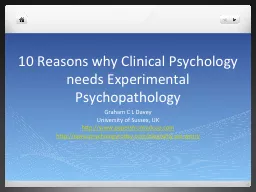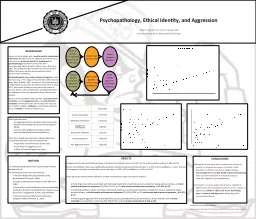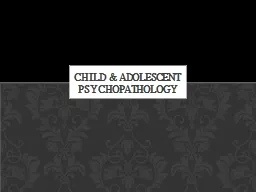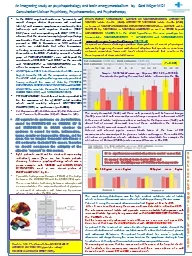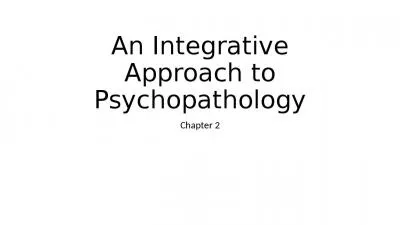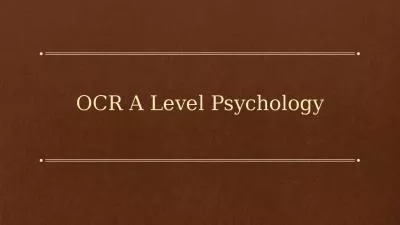PPT-Cultural Psychology Chapter 15 : Mental Health and Psychopathology
Author : riley | Published Date : 2022-06-28
Robyn M Holmes Chapter 15 Outline When Is a Behavior Abnormal Cultural Syndromes Amok Eating Disorders Chapter 15 Outline Hwabyung Koro Susto Hikikomori Chapter
Presentation Embed Code
Download Presentation
Download Presentation The PPT/PDF document "Cultural Psychology Chapter 15 : Mental ..." is the property of its rightful owner. Permission is granted to download and print the materials on this website for personal, non-commercial use only, and to display it on your personal computer provided you do not modify the materials and that you retain all copyright notices contained in the materials. By downloading content from our website, you accept the terms of this agreement.
Cultural Psychology Chapter 15 : Mental Health and Psychopathology: Transcript
Download Rules Of Document
"Cultural Psychology Chapter 15 : Mental Health and Psychopathology"The content belongs to its owner. You may download and print it for personal use, without modification, and keep all copyright notices. By downloading, you agree to these terms.
Related Documents


